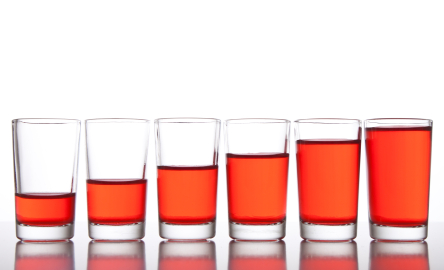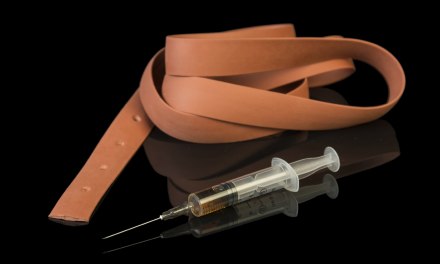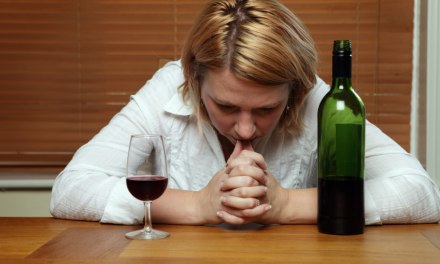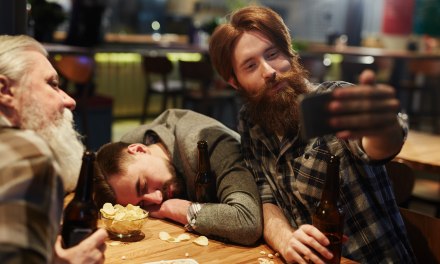I thought now that the pandemic is ‘over’ — or so people keep insisting — this might be a good time to take a look at the drinking practices of our fellow Americans. We’ll use 2019 as a kind of benchmark for ‘normality’, in terms of the way things once were, and are likely to be again, once sanity has fully returned.
Assuming it does, of course.
Most of these stats will be from 2018, the last full year pre-COViD-19. Broken down by age group:
Current, Binge, and Heavy Alcohol Use, By Age
Percentage of current drinkers: As usual, the age group with the highest percentage of drinkers was 21 to 25 (63%). After that, there’s a steady decline continuing through age 34. It remains relatively steady from there, a slow downturn we might call it, until age 55, when suddenly alcohol consumption drops substantially. I’m not sure why that happens, but it doesn’t last. There’s another period of increased consumption between 60 and 64. Maybe pre-retirement jitters? It’s anybody’s guess.
It seems to come as a surprise to most Americans that around one-third of US adults qualify as nondrinkers. You rarely hear about them, or about why they choose to refrain from alcohol use. Religious beliefs play a role, no doubt, as do medical issues, but also, we can assume, so does recovery from alcoholism.
Percent of Binge drinkers (defined as 4-5 drinks or more on a single occasion): The age 21-25 group is undisputed champion of binge drinking, with close to 40% admitting to that level of consumption. As they age, it’s followed by another long, slow decline, and by 55, the percent of binge drinkers is all the way down to 20-23%. That still represents quite a large number of persons, and it’s a problem, given how harmful binge drinking can be.
Percent of Heavy drinkers: where a binge drinker may confine drinking to a single occasion, heavy drinking is defined in terms of total weekly consumption. For men, that’s 15 drinks; for women, it’s 8. And that’s important, because a relatively small percentage of drinkers account for a disproportionate share of total alcohol consumption. They may not often drink to the point of obvious intoxication (meaning other people are less likely to notice how much they consume). The effects on their physical and mental health, however, may be even more damaging.
Anyway, the percentage of heavy drinkers reaches around 11% between ages 21 and 25, then dips to 7- 9% as the years speed by. It remains at that level throughout adulthood. Many in this category will be dependent on alcohol, of course. Physically and behaviorally.
Put the three together and we have a picture of what things may look like going forward in terms of alcohol use. The patterns are well-established, and even if consumption went up as a result of the pandemic (and it did), things may not get that much better in the near future. Alcohol will continue to present major challenges for our society, in a bewildering number of ways.
And alcohol is legal. Has been for a very long time now. Which leads us to another question: As cannabis is legalized, state by state, how will that influence people’s behavior? Will, for instance, they drink less than before?
Nobody knows. Some people have insisted that the increased cannabis use would lead to declines in consumption of other drugs. I have yet to see much evidence of that. Individuals will have their personal preferences, of course, perhaps for one or the other, or for some other intoxicant altogether.
But, as one user explained, “I see no reason why I can’t continue to use both pot and alcohol. That’s been working for me.”
One thing seems clear: legalizing an addictive substance, so that it can be freely purchased by consumers above a certain age, is no way to eliminate it as a problem, either for the individual or for society as a whole. Or more accurately, it’s a way to exchange one set of problems –related to its illegal status — for a different set of problems — those associated with widespread availability as a commercial product.












